Reviewing history
- “Cinema can lie, sport can’t.” This is the central axis of the film L’empire de la perfection (2018) by French director Julien Fnn. The idea comes from a Godard conversation. “I’m still watching sport because the human body still doesn’t lie. Politics, cinema and literature can lie, but sport doesn’t.” These words found in the sports magazine L’Équipe were the basis of his film. In this case, the body that remains unlying is that of Tennis player John McEnroe. We'll see the best player of the time in 16 mm of color in 1984. See or, rather, review.
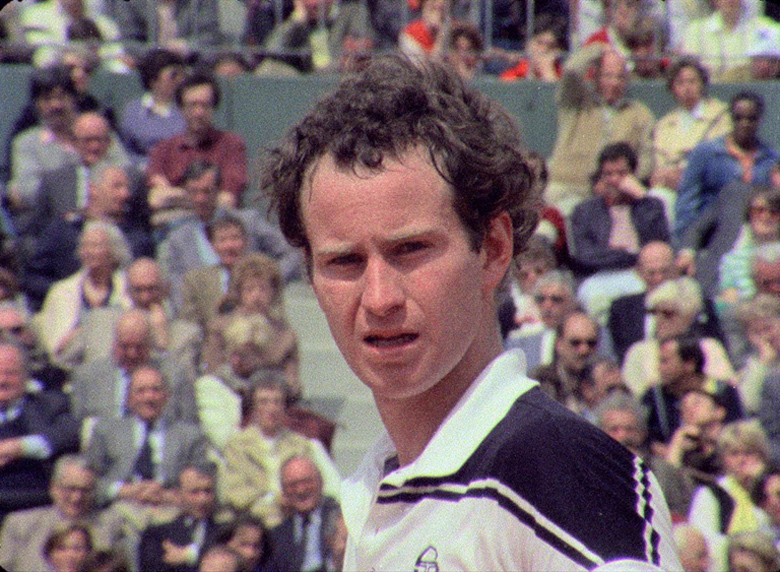
This film premiered last February in the Berlinale Forum section and the film almost stood on the red land of Paris when he saw the many of McEnroe. When you see it, or rather when you check it. Farau's film essay proposes several connections between film and tennis: motion and time; the similarity between a tennis player and a fictional character; or the power a player has to build a drama on the court. It seems that Tom Hulce was inspired by McEnroe to prepare the Amadeus of Milos Forman and that Serge Daney, a prestigious film critic, wrote tennis chronicles for Libération for ten years. In fact, in the film L’empire de la perfection we will also find the event that a writing by Daney gathers: On 5 June 1984, the tennis players who participated in Roland Garros complained about the noise of the cameras and the flash of the photographers. In the case of McEnroe, it was not new that there was a media scandal: “The day before, he threw the ball at a TV camera and shattered at a glance two technicians who were speaking out aloud thinking they were alone in the world on a crane,” Daney explains. Watch this smelter in Farau's film. See or, rather, review. The director worked for fifteen years at the French National Sports Institute, where he found images of the documentalist Gil de Kermadec. Stock images. Kermadec made films to teach tennis and was so obsessed with the way McEnroe played, that the tennis player was shot over and over again. He did not shoot tennis matches, he only shot the tennis player: take off with the left, leg movements and arms, discussions with the referees, as well as the destructive look at the noise made by the Arri SR camera of Kermadec. Gestural stock images of the past.

It's not Waldheim! It's not Waldheim! Waldheim, yeah!
Several films made with archival images draw attention in the Forum section of the Berlin Film Festival, including 'Waldheims Walzer', awarded the award for the best documentary
L’empire de la perfection has not been the only stock image film seen in this year’s Berlinale Forum section. The award for the best documentary has been for the Austrian Ruth Beckerman, by Waldheims Walzer, who has been awarded the Oscar for the best documentary. In this proposal we also have archival images from the 1980s, but in this case the gestures that the director makes us review are from Kurt Waldheim, the former Austrian president: “Kurt Waldheim and his deaf face. I remember her hands, her smile and the pearls of the future first woman. He proclaimed harmony by gesturing a priest. French television was also obsessed with its own hands. It seemed like I wanted to hug the people of Austria, dazzle them.”
These archival images have another peculiarity, as some were filmed by Beckerman himself. In 1986, Waldheim introduced himself to the presidency of Austria and became an activist of the movement against Beckerman. The protests and demonstrations began with the publication of a series of documents and images by Kurt Waldheim, Secretary-General of the United Nations between 1972 and 1981, who proved to be a collaborator of the Nazis. The candidate refused again and again and the only answer he gave was a resounding no. Politicians' bodies seem to have a lot to say about lies. The film presented at this year's Berlinale blends the director's personal archive with the collective archive and shows the continuation of the case that the international media conducted between March and June 1986. Waldheims Walzer invites us to review the history and memory of a country through a quick and often fun montage. Following the footsteps of the past, looking back at the images of the past, the neo-fascist Austria of the present is being created before our eyes. In short, on 8 June 1986 Waldheim won the elections and as a magnificent panorama of Beckerman shows: No to Waldheim! It's not Waldheim! The flat that starts with the protesters screaming "Waldheim no!" He'll end with a man who says, "Waldheim, yeah! ". The images of the past have the ability to visualize the present.

Yellow or green ballot papers?
Asking “What is peace for you?”, Kristina Konrad and
María Barhoum crossed Uruguay at the end of the dictatorship. 32 years later retrieves images with a contribution to the memory of a country
The same year that Ruth Beckerman rolled that plane, Kristina Konrad went out to the streets of Uruguay with María Barhoum to ask people what peace was with a U-matic camera. “What is peace for you?” After twelve years of dictatorship (1973-1985), a new amnesty law was introduced in Uruguay in 1986. That is why the military who participated in the dictatorship and committed crimes against human rights went unpunished, given that they were given impunity. The anger of some citizens and the mobilizations led to a referendum. “What is peace for you? What about justice?” The movie A few questions has also premiered in the Berlinale Forum section of this year. It's an amazing movie. An impressive historical document. From the establishment of the law to the holding of the referendum in 1989, we will see in crude all the images filmed by Konrad and Barhoum, alternated with the political campaigns of the time. In four hours we will travel through Uruguay: from country to city, from the richest neighborhood to the poorest. We will see people of all kinds, races, genders and ages talking to the camera. “What is peace for you?” And a question that seems so simple won't let these bodies lie. In some skilled conversations, we'll see that doubts become certainties, that fugitive bodies stop and that they generate respect. In these right-handed conversations we will see pain, manipulation and revenge, the Montoneros and the missing, history and memory. See or, rather, review. And in the end we'll see something else, we'll see something else. In the forced vote on the referendum of 16 April 1989, the yellow ballot papers won the Greens, passing the amnesty law and denying Uruguay the passage of twelve years of dictatorship.
Luckily, 32 years after Kristina Konrad began to shoot these images, he has made the film A few Questions, reviewing and making the history of Uruguay visible in his own way. No bad thing than the images you shot 32 years ago were not lost, erased, corrupted, disappeared; with the disappearance of the images, part of the history of an entire country could disappear. This is the importance of the archive and the great responsibility of the archives. Guardian, protector, memory agent, images and sounds of a country. It's a really fascinating and powerful trade.
Back home, it is a joy that in the time of precariousness and abandonment of archives, one of the postgraduate programs offered by Elias Querejeta Zine Eskola is the Archive. It is, of course, a gesture of resistance. Next year, the fifteen students who will form the group will learn how to restore images and sounds, analyze, project, store material. To know who of them would like to make a file film. Perhaps the Basque Filmoteca, which this month celebrates its 40th anniversary, will allow you to work with some of the materials you have saved. Or maybe you can also go into the EITB file. Who knows? Maybe we can watch a movie with stock images here in the Berlinale Forum section next year. If so, we'll see the story here. See it or, rather, review it.
Edurne Azkarate said from the micro stage that the Basque film has little Basque in the celebration of the San Sebastian Film Festival. The phrase echoes for its truthfulness. In the architecture scene you can repeat the same motto and I am sure that in so many other cultural... [+]
Bound in Heaven
Address: Xin Huo
Country: China
Duration: 109 minutes
Premiere: Not implemented
Run away from death, forward. The man who suffers a terminal illness will do so, along with his lover, friend and travel partner. A hard but positive film, with good image... [+]
And that was Saturday and not Sunday. It was hard for him to clear up the day, because there were far fewer people on the street and there was no hurry. Some soon approached Kursaal and Victoria Eugenia Theatre, where they projected the closing movie of the night, We Live in... [+]









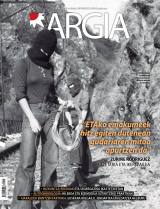


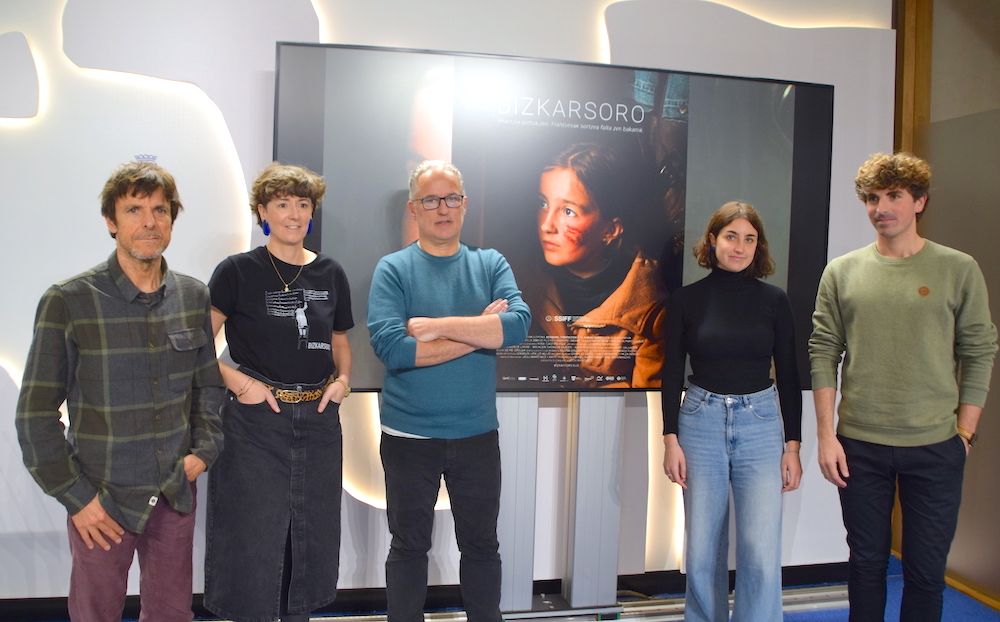
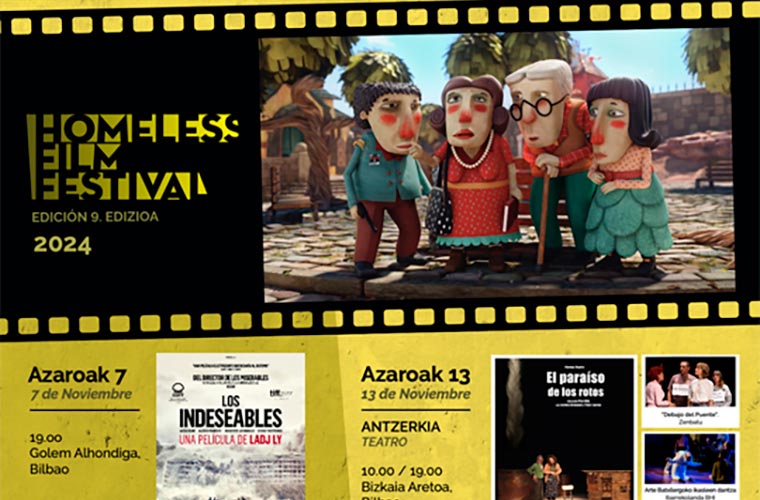
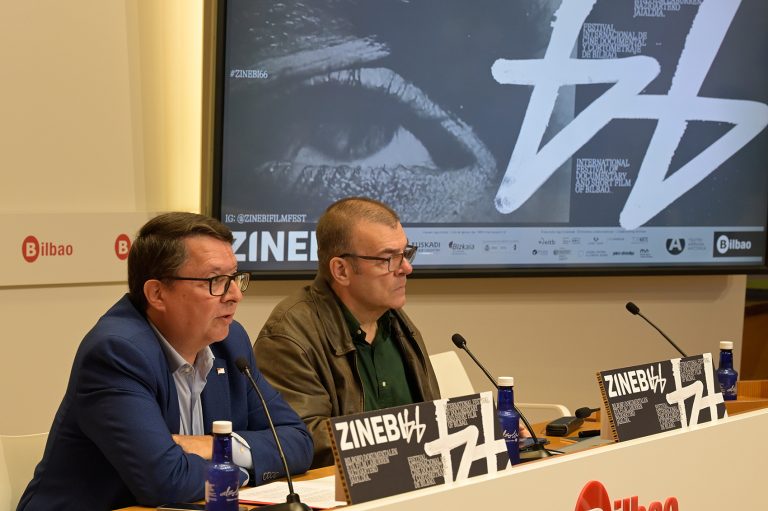
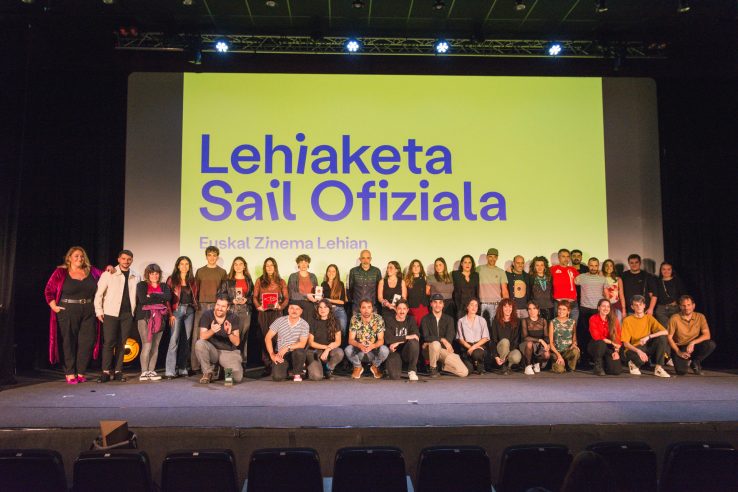
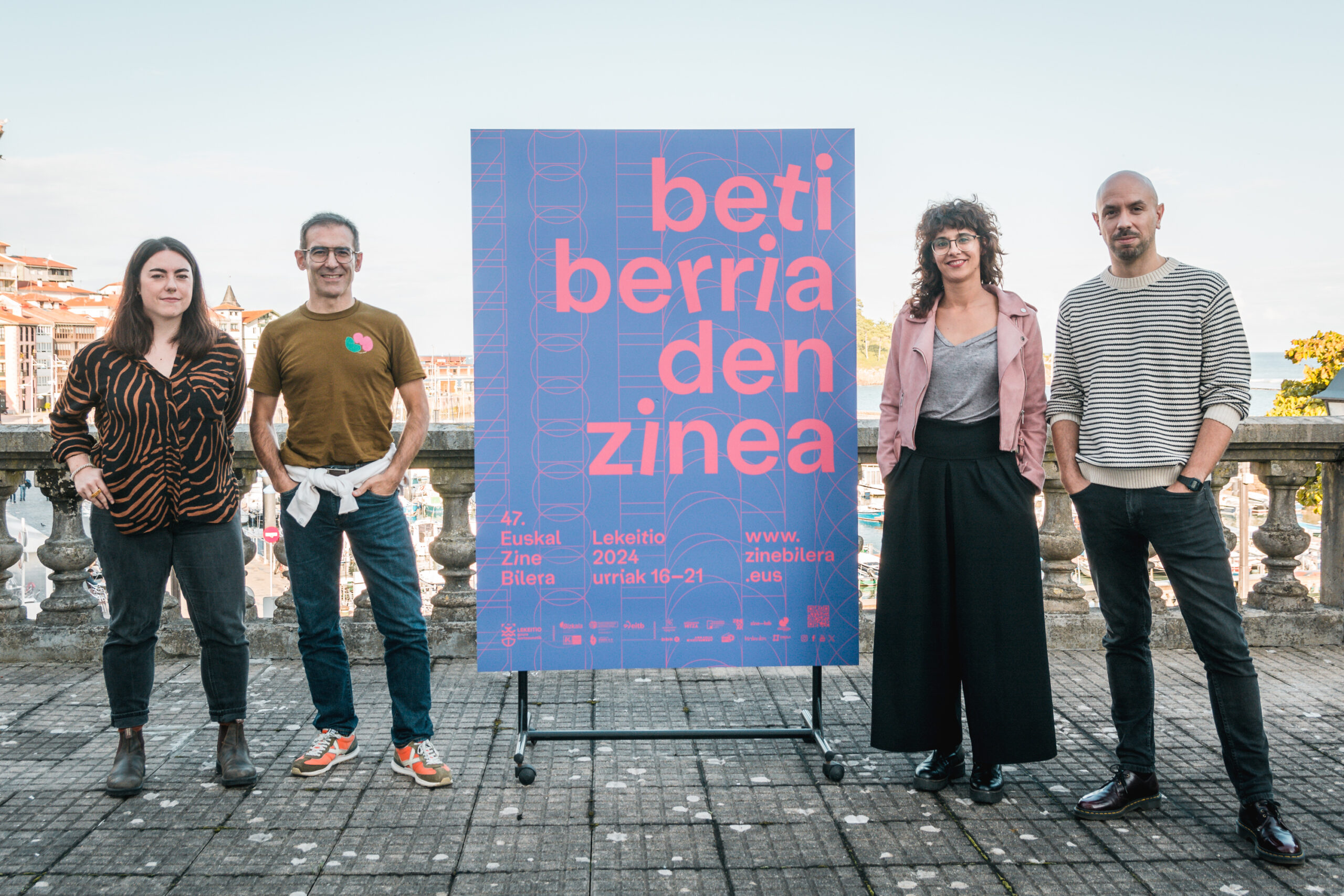
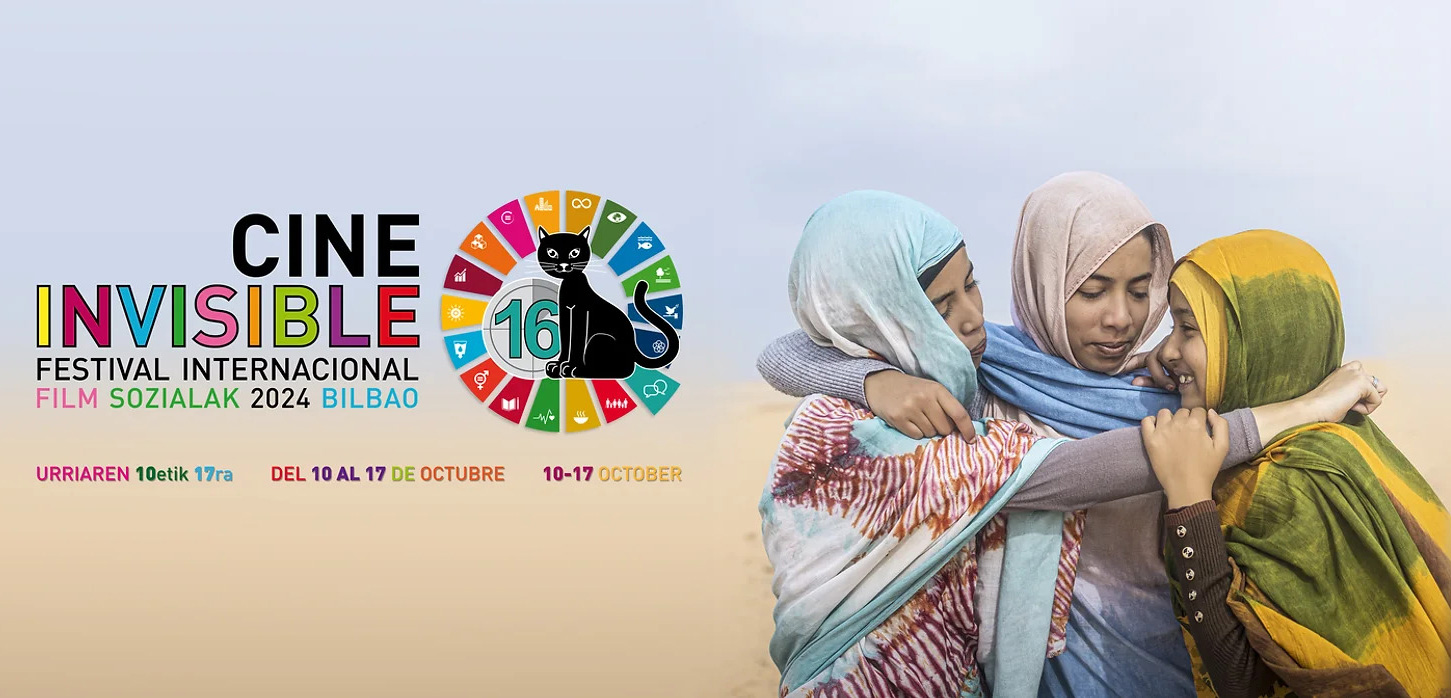


.jpg)


